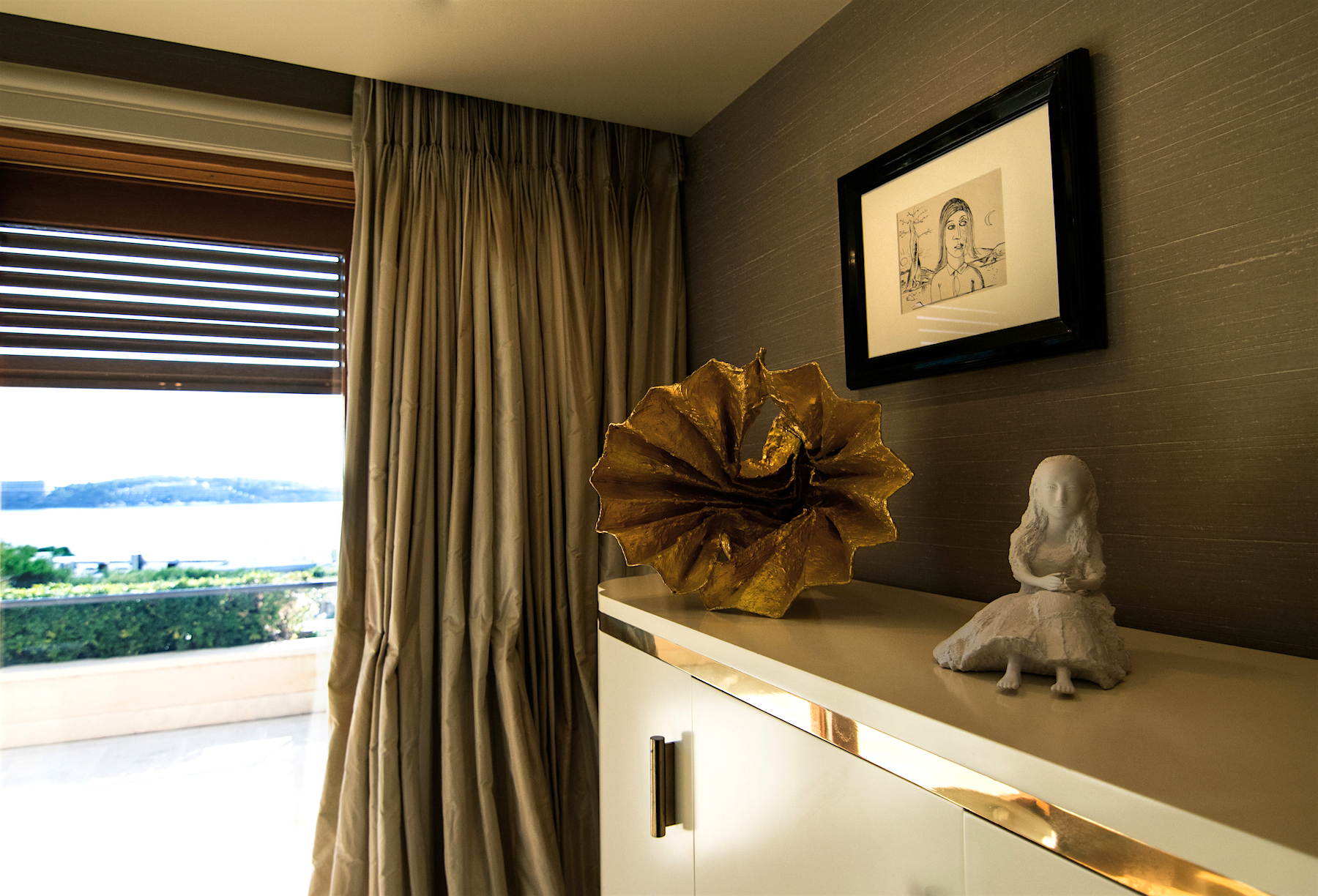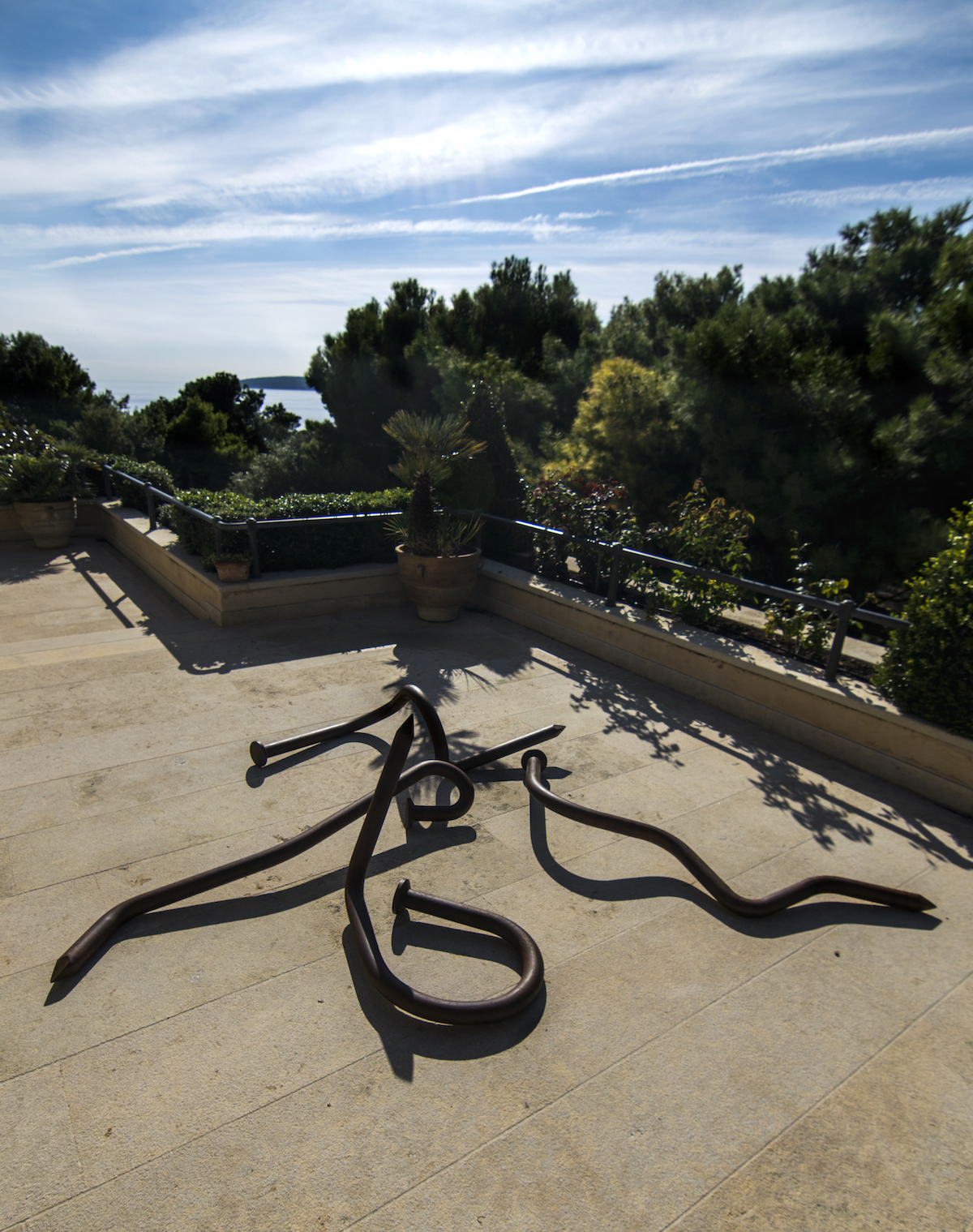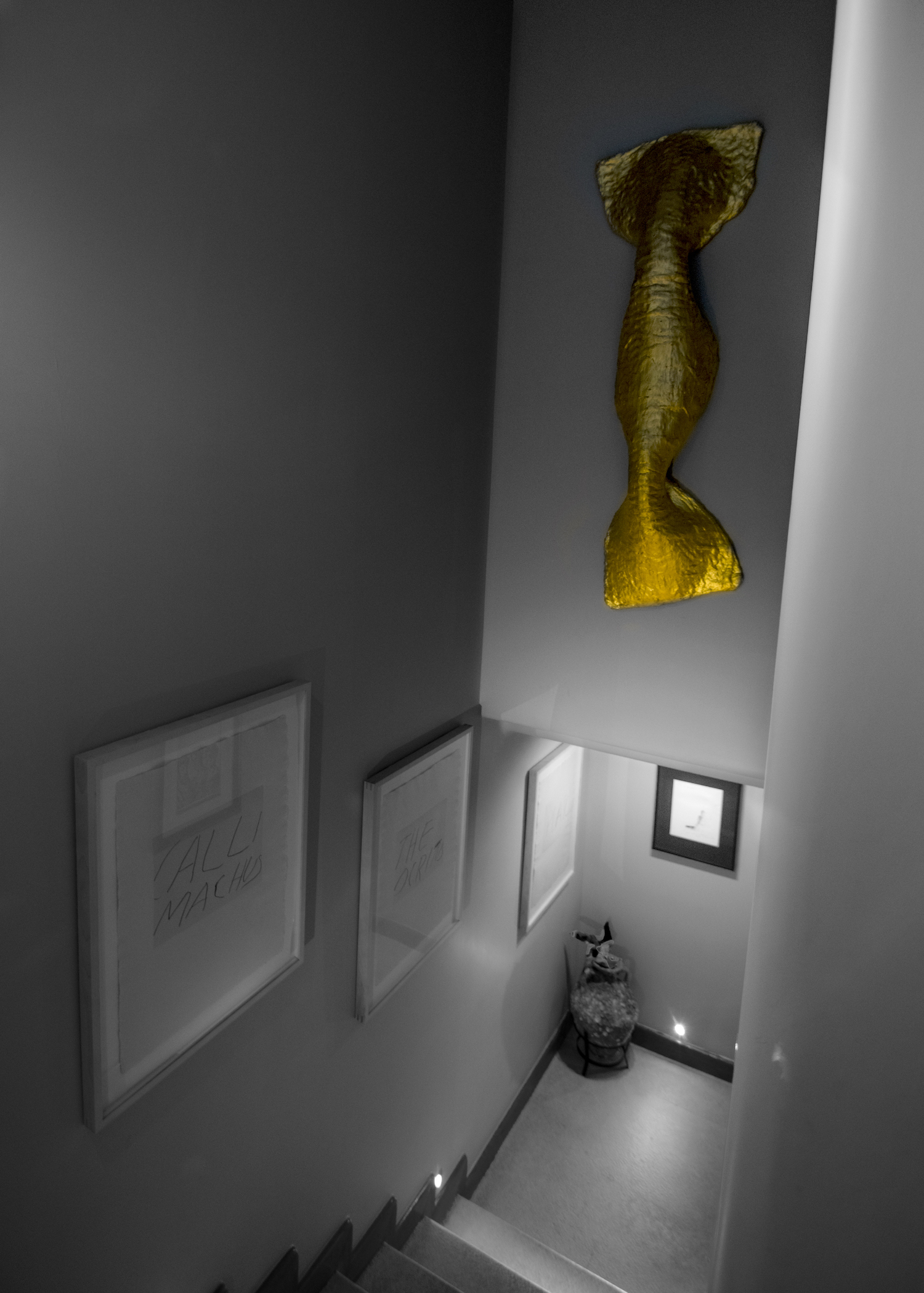“The Irene Panagopoulos Collection” appeared on several artwork labels at Documenta 14 this year, both in Athens and Kassel. Based on her father’s Greek art collection, Irene Panagopoulos has constructed her unique collection of international and Greek contemporary art. With a passion for art stemmed from her art studies at Mills College, she is now an entrepreneur, an art collector and a trustee at Dia Art Foundation.
Larry’s List has asked Irene Panagopoulos to share about her first art purchase ever at Art Basel, her artwork wishlist as well as her vision for the revolving art scene in Greece.

What made you start collecting art?
My father was a collector and I learned the pleasure of collecting from him.
I remember our house covered floor-to-floor with overlapping oriental carpets, a collecting obsession of my father. Antique maps of Greece covered the walls in antithesis to paintings of modern Greek artists.
Collecting was an aesthetic retreat for my eclectic father, who acquired his wealth by pioneering ship design and travel in passenger shipping, as a businessman. The works of art were a source of joy and gratification. Everything he collected, from objects of art, designer furniture and artworks, decorated our home in an avant-garde manner not typical of a Greek home in the dawn of the seventies. That style was also a characteristic of my elegant northern Italian mother.
What is the main motivation behind your collecting?
I studied art in USA at Mills College, the alma mater of artists Elizabeth Murray, Jennifer Bartlett and Trisha Brown, among others. My teachers, accomplished artists themselves, such as Jay Defeo in painting, Katherine Wagner in photography, John Roloff in sculpture and Ron Nagle in ceramics, taught me the hardest thing—what it means to be making art. I will never forget their passionate teaching and what I hold dear is their love of art. I knew then that I would be the happiest if I was surrounded by art.


What was the first artwork you purchased?
When my father gave me some of his Greek art paintings I continued adding to that collection, initially with contemporary Greek art.
In 2006, at Art Basel I acquired my first major work, “Reconstruction #93″, a fabric collage painting by Lucas Samaras.
Is there a particular type of art that has consistently attracted you, or anything that unites all the works you own?
I am a collector of international and Greek contemporary art. My main focus is Greece and the Mediterranean, women artists and book arts. Artist Books were the earliest art I could afford since I was a student. I had seen the rare books collection in the Bender Library of Mills College and was captivated by the book arts.
I don’t make a particular effort to purchase art by women artists. I choose the art that I like regardless of the artist’s gender. However, many works in my collection are by women artists, such as Etel Adnan, Lynda Benglis, Chryssa, Nancy Spero, Kiki Smith, Mona Hatoum, Sarah Lucas, etc.

As you collect Greek contemporary art, what is the art-collecting scene in Greece right now?
The lasting economic crisis has had the unfortunate result of many galleries closing. However, recently, there has been a sign of renewed optimism with several young hip galleries opening up in the new artistic neighbourhoods of Athens and in the periphery.

Are you interested in emerging or renowned artists?
My collection includes both.
However, I strongly support young and emerging Greek and International artists and have endorsed projects of both emerging and established artists in museums and at international venues, such as Venice Biennale and Documenta.
How important is it for you to meet the artists?
Throughout the years I have known many artists and formed close friendships with several of them. The artist is the most important person for me, and I pursue meeting them.
Oftentimes, I have travelled great distances to meet them. I will go to their studios, see works in progress and hear their ideas about their work. I am interested in the thinking behind the work and the process of creating it. I travelled to Berlin to meet Dorothy Ianone and went to Cyprus to visit Maria Loizidou. I was lucky to have visited Jannis Kounelis in his studio in Rome when he was there.

Have you ever presented? Would you wish to present your collection publicly?
I love to share art. My biggest pleasure comes from discussing art and hearing the various opinions. Works from my collection have been shown in major museums and shows, most recently in Documenta 14, Kassel and Athens. I would like to show my collection publicly eventually.
Is there any kind of artwork that can make you writing a cheque without any consideration?
This is such a good fantasy! I like to make imaginary collections in my head of amazing artworks I see in the fairs, museums or galleries. I like large-scale works and I would love to have more outdoor art at home, preferably kinetic, such as Calder! Ugo Rondinone is another artist whose large-scale work I admire. My wish list is long.

What are the commonalities and differences between managing your business and your art collection?
I learned from my father that first you must earn money, then you spend it. He taught me to spend money wisely while always being generous to the less fortunate. Art as a market for profit is volatile. It is impossible to calculate correctly a set value. Therefore, art calls for speculation, which is like gambling, so art remains a passion for pleasure only. I like to be in control of my passions. I am not a spontaneous buyer. However, part of the pleasure is looking and shopping. In business, I make studied decisions and prudent choices and the same rule applies for art.
Why has Art become important in your life? Is it a passion or an obsession or both?
Art has transformed my life. My best class in school was art, and I studied art. However, while I always knew art was important to me, I didn’t know how it could fit into my life. I tried becoming an artist or perhaps start a gallery, but I couldn’t. Art makes me happy, and by looking and being inspired, I became a collector. Art helps me to understand the world. Hence, I have been active in public affairs and an elected public official in the past.
Now as a patron I support the arts and higher education for women.

What was the happiest moment being involved in art.
I can think of several occasions. However, the moment that strikes me as the happiest was also terrifying. It was when I made my first major artwork purchase, at Art Basel in Basel, of the work that I described earlier. It was the first time to make such a purchase and I didn’t know anyone from the gallery. Since then, I have made additional purchases from them and I also visited their gallery in Germany. Until that time, I had felt a bit intimidated by the grandeur of the famous fair and I knew very few galleries.
How is your experience working as a trustee for Dia Art Foundation?
It has been an honour for me to be a trustee of Dia Art Foundation, whose core value is the preservation and safeguard of artist’s works for posterity and the continued endorsement of large-scale commissions. Central figure is the artist, something that I fully embrace and is what distinguishes Dia as a pioneering art institution in the world.

What is your vision for the contemporary art scene in Greece for the upcoming five to ten years?
To understand the world, I turn to art, and particularly art that is happening in Greece. We are witnessing an increase in creativity that could be attributed to the crisis in the economy but also to the refugees passing through Greece. Additionally, Documenta 14 in Athens has left a new precedent for the local community to engage in contemporary art. As rents have decreased in Athens, many artists moved here, adding to the vibrant new community. Athens is a great place to be for art.

A selection of artists Irene collects:
Elizabeth Peyton
Kiki Smith
Lucas Samaras
Lynda Benglis
Lynn Chadwick
By Ricko Leung





